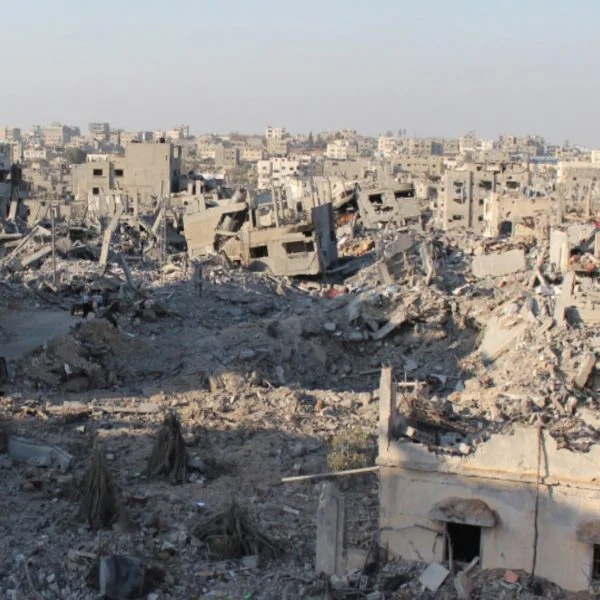Living in a safe and secure home is a fundamental human right. However, countless houses across the country fall into disrepair, creating dangerous living conditions. This article explores the process of reporting and condemning such structures, empowering you to take action and protect your community.
Understanding Condemned Housing
A condemned house is a structure deemed unfit for human habitation by a local government agency. This designation signifies the presence of hazards that pose a serious threat to the health and safety of occupants or the surrounding area. Common reasons for condemnation include:
- Structural instability: Damaged foundations, walls, or roofs that risk collapse.
- Electrical hazards: Faulty wiring, exposed outlets, or lack of proper grounding.
- Plumbing problems: Leaky pipes, sewage backups, or lack of access to clean water.
- Fire hazards: Lack of smoke detectors, blocked exits, or flammable materials present.
- Infestations: Rodents, insects, or other pests posing health risks.
- Lack of essential utilities: Missing heating, cooling, or sanitation systems.
Identifying a Condemnable House
Several signs can indicate a house requiring condemnation:
- Visible structural damage: Cracks in walls, sagging floors, or leaning chimneys.
- Disrepair and neglect: Broken windows, missing shingles, overgrown vegetation.
- Absence of utilities: Disconnected power lines, boarded-up windows or doors.
- Signs of infestation: Rodent droppings, insect activity, foul odors.
- Reports of illegal activity: Drug use, prostitution, or criminal activity.
Reporting a Condemnable House
If you suspect a house in your neighborhood poses a safety hazard, take action by:
- Contacting your local building department: This is the primary agency responsible for inspecting and condemning unsafe structures. You can usually find their contact information on the municipal website or in the phone book.
- Providing a detailed description: Include the address, observed problems, and any safety concerns you have. Take photos or videos as evidence if possible.
- Following up: Be persistent and inquire about the inspection process and next steps.
The Condemnation Process
Once notified, the building department will typically:
- Schedule an inspection: A qualified inspector will visit the property to assess the conditions and confirm violations of housing codes.
- Issue a notice of violation: This document outlines the specific issues requiring correction and a timeframe for repairs.
- Offer remedies: The owner may be given an opportunity to address the problems and bring the house up to code.
- Hold hearings: If the owner fails to comply, a public hearing might be held to assess the situation and determine the fate of the structure.
- Post a condemnation order: If deemed necessary, a formal order will be issued, prohibiting anyone from inhabiting the house.
Additional Considerations
- Tenant rights: If you reside in a condemned house, local tenant protection laws might grant you the right to relocate and withhold rent until repairs are made. Seek legal guidance for assistance.
- Alternative solutions: Not all condemnable houses are demolished. In some cases, the authorities may allow for rehabilitation efforts if possible.
- Community involvement: Organize your neighbors to express concerns and advocate for a safer neighborhood. Contacting local media can also highlight the issue.
The Impact of Condemned Housing
Condemned houses have a detrimental effect on communities. They:
- Pose health risks: Residents are exposed to electrical hazards, lead paint, and unsanitary conditions.
- Attract crime: Vacant buildings become havens for criminal activity.
- Lower property values: The presence of a condemned house can negatively impact surrounding real estate values.
- Reduce community well-being: Blighted environments create a sense of unease and discourage investment.
Conclusion
By reporting unsafe housing and advocating for its condemnation, you contribute to the well-being of your community. Remember, a safe and secure home is a cornerstone of a thriving neighborhood. Don’t hesitate to take action if you suspect a house poses a threat to the health and safety of your neighbors. Together, we can create safer living environments for everyone.
Additional Resources
- National Fair Housing Alliance: https://nationalfairhousing.org/
- The National Low Income Housing Coalition: https://nlihc.org/
- The Department of Housing and Urban Development (HUD): https://www.huduser.gov/
Please note: This article is intended for informational purposes only and does not constitute legal advice.
